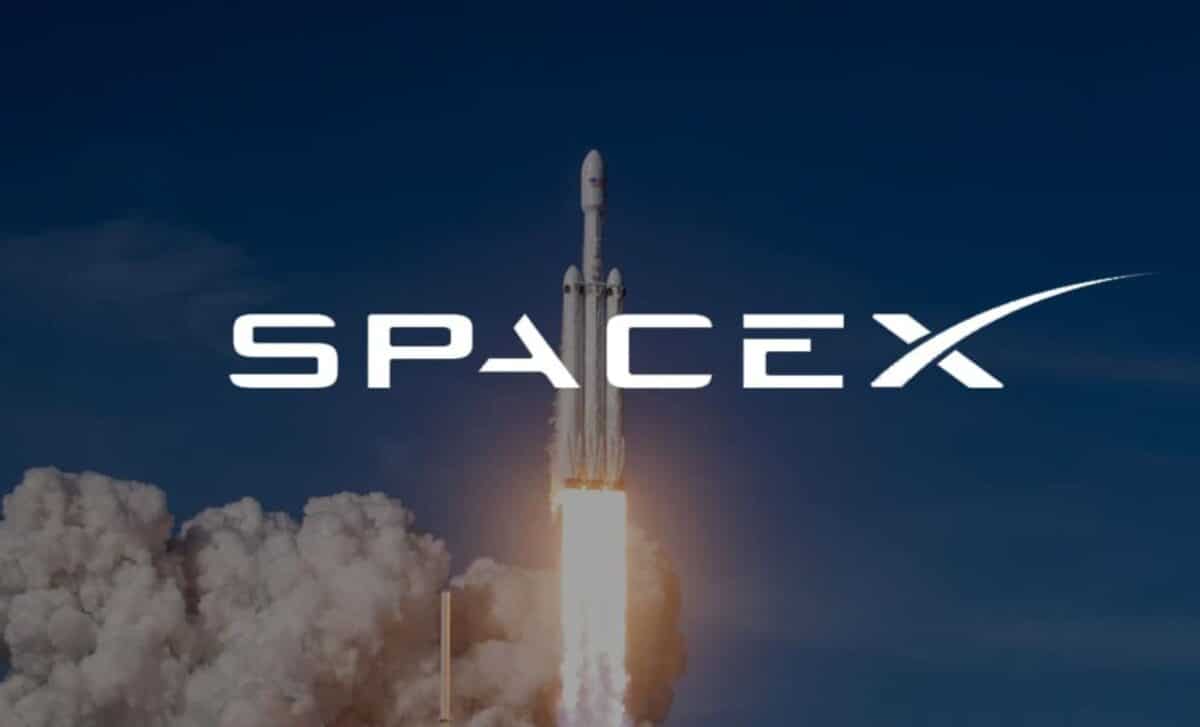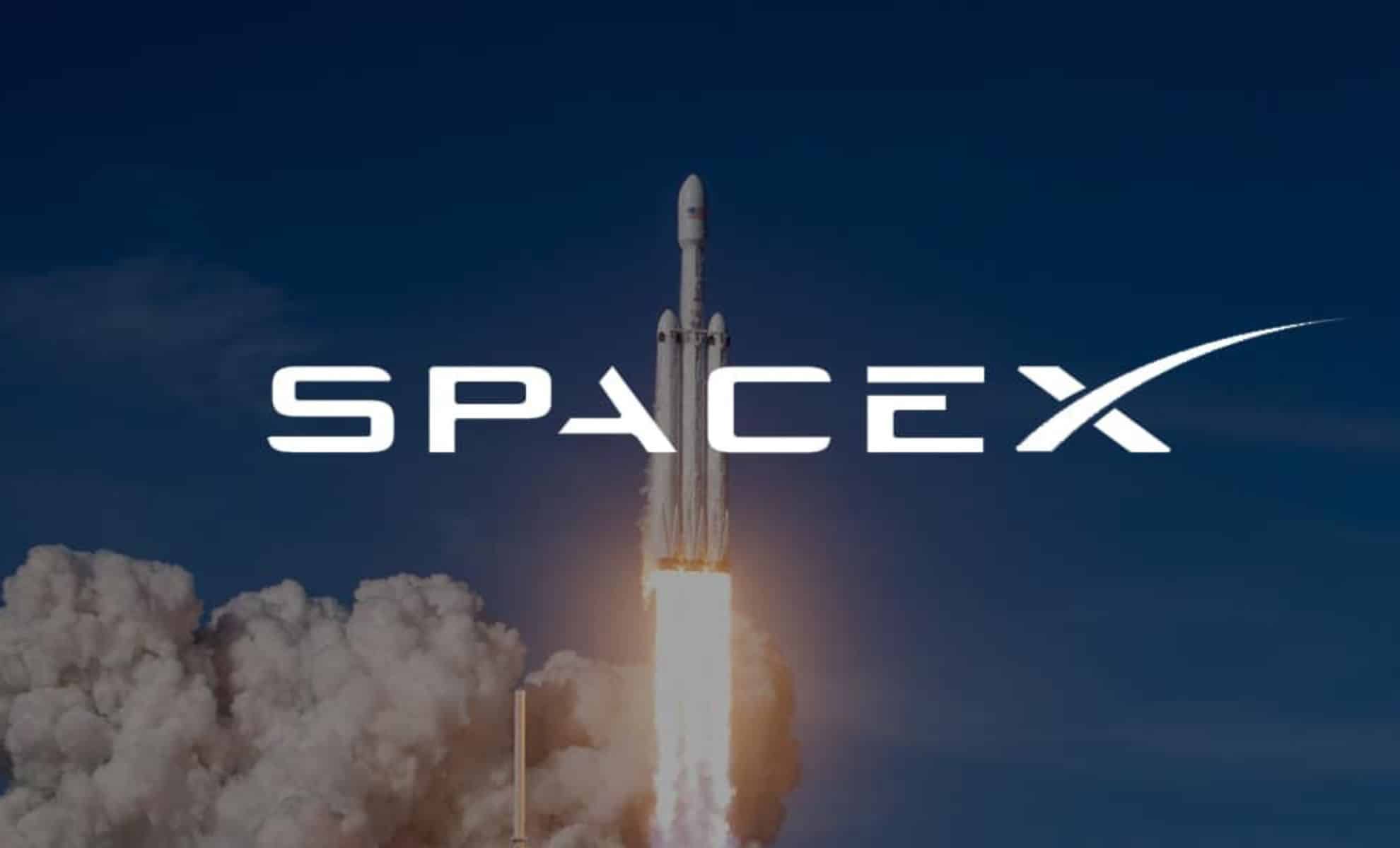SpaceX has secured $733.5 million in contracts from the U.S. Space Force for eight national security launches. These contracts, awarded as part of the National Security Space Launch (NSSL) Phase 3 program, will support the deployment of key defense assets, including satellites for the Space Development Agency (SDA) and the National Reconnaissance Office (NRO). The launches will enhance military communications and intelligence capabilities, with liftoffs planned through 2026.
US Space Force Awards SpaceX $733 Million for Crucial Defense Satellite Launches

SpaceX has been awarded contracts worth $733.5 million by the U.S. Space Force to carry out eight critical launches in support of U.S. national security. This marks a significant expansion of SpaceX’s role in deploying crucial military and intelligence satellites into orbit, reinforcing its leadership in providing reliable, cost-effective access to space. The contracts, awarded under the National Security Space Launch (NSSL) Phase 3 Lane 1 program, include seven launches for the Space Development Agency (SDA) and one for the National Reconnaissance Office (NRO), with the missions expected to run through 2026.
Expanding the Space Development Agency's Transport Layer
One of the primary focuses of these newly awarded contracts is the continued expansion of the SDA’s Transport Layer, a network of low Earth orbit (LEO) satellites designed to provide secure, resilient military communications. This constellation, which is expected to eventually consist of 300 to 500 satellites, will offer low-latency data transmission to enhance global military operations and connectivity for warfighters.
SpaceX will utilize its highly reliable Falcon 9 rocket for these launches, following its previous success in deploying several Tranche 0 satellites as part of the Transport Layer. These satellites are crucial for the U.S. military’s evolving needs, providing enhanced data transmission capabilities that are vital for defense operations worldwide. Brig. Gen. Kristin Panzenhagen, program executive officer for Assured Access to Space at the U.S. Space Force, emphasized the importance of this approach, stating, “The Phase 3 Lane 1 construct allows us to execute launch services more quickly for risk-tolerant payloads, putting more capabilities on orbit faster to support national security.”
These missions will significantly boost the U.S. military’s ability to maintain secure and rapid communication networks, making it more resilient in the face of potential threats. With the Transport Layer providing near-global coverage, military forces can access real-time data and secure communications from virtually any location on the planet, enhancing the effectiveness and response times of operations.
Launching National Reconnaissance Satellites
In addition to the SDA missions, SpaceX will also launch a mission for the National Reconnaissance Office (NRO), which operates the U.S.’s fleet of spy satellites. These highly classified satellites are essential for national security, providing real-time intelligence and surveillance capabilities. The NRO mission will launch from Vandenberg Space Force Base in California, with launches expected in the fourth quarter of 2025 and fourth quarter of 2026. This mission is designed to ensure the continued operation of the NRO’s satellite network, which plays a critical role in monitoring potential threats and gathering intelligence across the globe.
These launches underscore the NRO’s reliance on advanced satellite technologies for monitoring, intelligence gathering, and defense. With the increasing demand for real-time surveillance data, the success of these missions will directly impact the U.S. government’s ability to monitor international activities and maintain its intelligence capabilities.
Fostering Competition and Innovation
The NSSL Phase 3 Lane 1 program is designed to foster innovation and competition among launch providers by opening up the procurement process to emerging companies. In addition to SpaceX, the program has selected Blue Origin and United Launch Alliance (ULA) as primary vendors under an Indefinite Delivery, Indefinite Quantity (IDIQ) contract, which allows the U.S. government to issue task orders as needed. This structure is designed to offer flexibility, enabling the U.S. government to acquire launch services more rapidly in response to evolving needs.
Blue Origin’s New Glenn rocket, however, has yet to conduct its first launch, and will need to complete at least two successful flights to qualify for NSSL certification. Similarly, ULA’s Vulcan Centaur has flown twice but is still awaiting final certification for national security missions. This competitive framework is designed to ensure that the U.S. has a variety of launch providers, which can offer cost-effective and timely solutions for a wide range of military payloads.
The Lane 1 program is focused on commercial-like missions where some risk is acceptable, allowing newer or less-proven launch providers to compete for contracts. Brig. Gen. Kristin Panzenhagen described the program’s objectives, explaining, “In this era of Great Power Competition, it is imperative to not leave capability on the ground.” Lane 2, which will focus on more sensitive missions requiring fully certified launch vehicles, has not yet awarded its contracts.
The Future of Space Defense
These contracts are part of a broader effort to ensure the U.S. military’s access to space remains robust in the face of increasing global competition. The NSSL Phase 3 program is projected to include at least 30 Lane 1 missions over the five-year ordering period, running from 2025 to 2029, with an option for a five-year extension that could extend the program through 2034. This long-term investment in space defense highlights the U.S.’s commitment to maintaining a strong presence in space.
With SpaceX continuing to secure major contracts for national security launches, its role in supporting U.S. military and intelligence operations has become even more prominent. These missions, which are critical to maintaining secure communication networks and surveillance capabilities, will play a vital role in national defense over the next decade.
As the U.S. continues to build out its military infrastructure in space, SpaceX’s reliable launch capabilities will remain central to these efforts, ensuring the country’s leadership in space remains secure in an increasingly contested domain.



